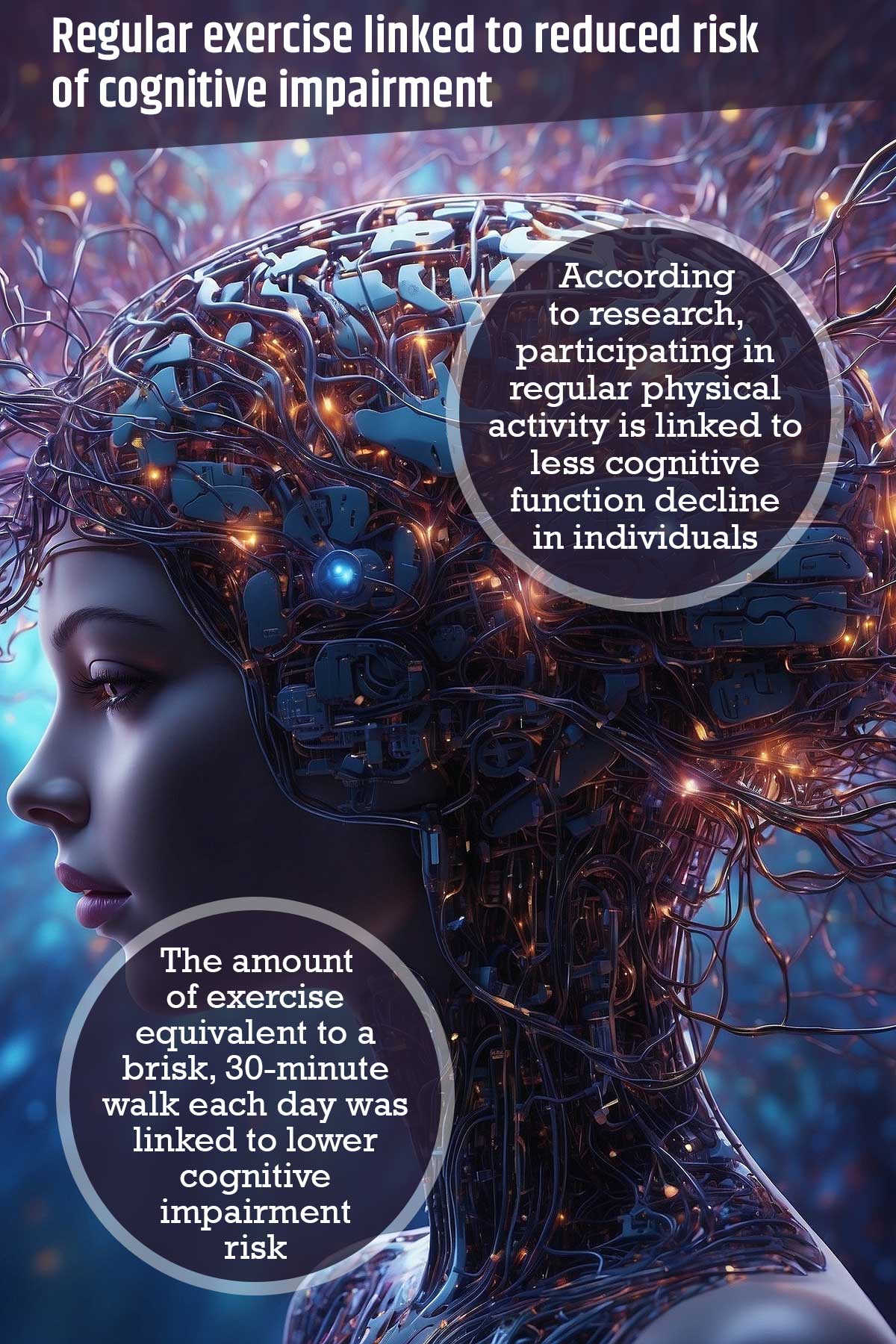According to research, participating in regular physical activity is linked to less cognitive function decline in older individuals.
Some studies have indicated that physical activity is linked to reduced rates of cognitive impairment in older individuals.
Many of these studies have however been carried out among generally healthy individuals, and have relied on not always accurate self-reports of physical activity; and focused on moderate or vigorous exercise, rather than low-intensity physical activity.
Two studies have expanded on this earlier research.
In one study, researchers determined physical activity levels of individuals at the start of the study and every 2 years thereafter. Cognitive score changes were correlated with total physical activity and energy expenditure from walking.1✅ JOURNAL REFERENCE
DOI: 10.1001/archinternmed.2011.282
The cognitive decline rate of individuals decreased as energy expenditure increased. The amount of exercise equivalent to a brisk, 30-minute walk each day was linked to lower cognitive impairment risk.
In another study, total energy expenditure of individuals was measured by making use of doubly labeled water, a method which provides evidence of the amount of water an individual loses and therefore serves as a metabolic activity measurement.2✅ JOURNAL REFERENCE
DOI: 10.1001/archinternmed.2011.277
The researchers calculated individuals’ activity energy expenditure, defined as 90% of total energy expenditure less resting metabolic rate.
When the study started, the individuals had no cognitive or mobility problems. Cognitive function was assessed at that time, and assessed with the MMMSE (Modified Mini-Mental State Examination) 2 to 5 years later.
The data was adjusted for baseline MMMSE scores, fat-free mass, demographics, sleep duration, diabetes mellitus and self-reported health.
After accounting for these variables, individuals with the highest activity energy expenditure scores tended to have a lower probability of cognitive impairment incidence.
There was also a significant dose response between activity energy expenditure and cognitive impairment incidence.



